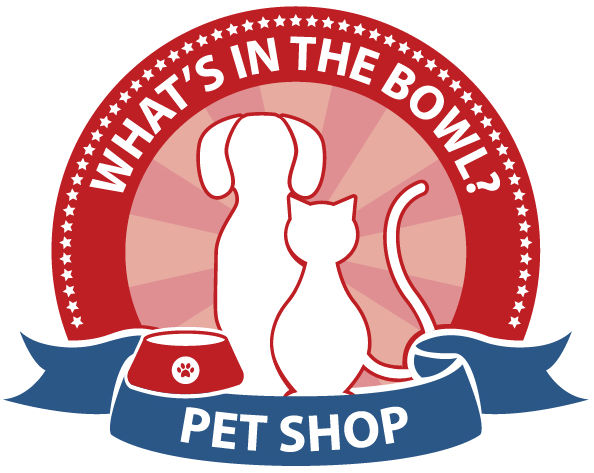Seven Rules for Offering Raw Recreational Bones to Your Dog
1.You should be able to find raw (not steamed, boiled or baked) frozen knucklebones at your local pet shop.
When you get the bones home, store them in the freezer and thaw them one at a time before offering them to your dog. Don’t choose bones that have been cut lengthwise, such as leg bones.
Cut bones are more likely to splinter. And don’t feed pork bones or rib bones, as they’re more likely to splinter than other types of bones.
2.My advice is to match the bone size to your dog’s head. There’s really no such thing as a “too big” bone, but there are definitely bones that are too small for some dogs. Too-small bones can be choking hazards and can also cause significant oral trauma.
Don’t give a recreational bone to a dog who’s likely to try to swallow it whole or bite it in two and eat it in huge chunks. If your pet breaks off large pieces of raw bone, collect them before she has the opportunity to swallow them.
I also recommend giving your dog a bone to chew after she’s full from a meal. Hungry dogs (or dogs rarely offered bones) are more likely to swallow a bone whole or break it apart and swallow large chunks. This increases the risk of an obstruction in the digestive tract.
3.It’s important to be aware that aggressive chewers can and often do chip or fracture their teeth on raw bones, so don’t give them to a dog who has had restorative dental work or crowns
Veterinary dentists have many clients who offered raw bones to their aggressive chewers and wound up with a bill for expensive dental work. Edible bones (whole or coarsely ground) can be a good alternative to recreational raw bones for aggressive chewers. Choose non-weight bearing bones (e.g., wings, not legs).
If you have concerns about whether your dog will chew edible bones or swallow them whole, you can grip one end with pliers or a similar tool, forcing your pup to chew off bite sized pieces. Some people also use a mallet to fracture the bones prior to feeding, which minimizes the risk of swallowing them whole.
4.Always closely supervise your dog when he’s working on a bone. Don’t allow him to carry his prize off to a corner alone, without supervision.
You want to be able to react immediately if he starts to choke, if there’s a large chunk suddenly missing from the bone or if you notice any blood on the bone or around your dog’s mouth from over-aggressive gnawing. By closely supervising him, you’ll also know when your dog has chewed down to the hard brittle part of a knucklebone, making splinters more likely.
Dogs who try to eat marrow bones in one sitting are often not good candidates for knucklebones because they can’t discern the difference between an edible bone and a recreational bone. When the bone has been gnawed down in size, throw it out. Don’t allow your dog to chew it down to a small chunk he can swallow.
5.In multi-dog households, to keep the peace dogs should be separated before being given recreational bones. This rule applies to casual canine friends and BFFs as well, because recreational bones can bring out resource guarding instincts in even the most easygoing dog
6.Bone marrow is fatty and can add to your pet’s daily caloric intake. Dogs with pancreatitis shouldn’t eat bone marrow. Marrow can also cause diarrhea in dogs with sensitive stomachs, so I suggest scooping out the marrow until your pet’s GI tract has adapted to the higher fat treat
Another alternative is to offer bones with no marrow if your dog is battling a weight problem or needs a low-fat diet. You can also replace the marrow with fat-free pumpkin and then refreeze the bones.
7.Raw bones can make quite a mess as your dog gnaws on them. That’s why many people offer them outdoors or on a surface that can be easily cleaned with hot, soapy water.
Original Post: http://healthypets.mercola.com/sites/healthypets/archive/2017/03/20/feed-dog-bones.aspx

